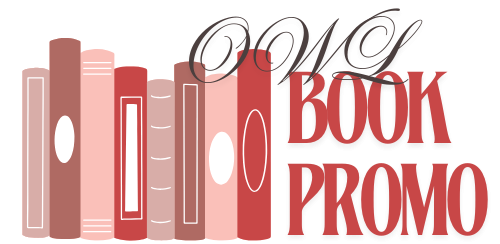If you’re writing a book without knowing who you’re writing it for, you’re taking a shot in the dark. One of the most overlooked yet powerful tools in an author’s toolkit is the ideal reader profile — a clear picture of the person who will love your book.
Knowing your reader from the beginning influences everything: the story you tell, the tone you use, your book cover, your blurb, and even how you market it later. So let’s dig in.
🎯 Why You Need to Know Your Reader
- You write with more focus. No more second-guessing your tone, content, or structure.
- Your marketing becomes easier. You’ll know where your readers hang out online and what kind of content they respond to.
- You sell more books. Because you’re solving a specific problem or providing a specific pleasure for the right person.
🧍♂️ Step 1: Build a Reader Avatar
Ask yourself the following questions:
- How old is your ideal reader?
- What gender do they identify with (if any)?
- What genre(s) do they enjoy?
- What other authors do they already read?
- What are their hobbies or interests?
- What kind of tone or themes do they enjoy (humorous, dark, romantic, informative)?
- Do they prefer fast-paced plots or character-driven stories?
Give your ideal reader a name. Example: “Sophie, 35, loves cozy mysteries and reads before bed with a cup of tea.”
🔍 Step 2: Research Real Readers
Go where your readers already are:
- Amazon Reviews: Look at 3-5 books similar to yours and see what readers loved and hated.
- Goodreads: Join groups in your genre and observe the conversation.
- Facebook Reader Groups: These are goldmines for finding what your audience discusses and wants.
- TikTok or Bookstagram (#booktok, #bookrecommendations): Check the tone, trends, and book hauls.
💬 Step 3: Validate Your Reader with Real Feedback
If you’re unsure, ask:
- Run a poll on your social media about what kind of books people enjoy.
- Ask beta readers or newsletter subscribers about what they want to read next.
- Start a simple email list and ask your subscribers what types of stories or topics interest them.
📌 Pro Tip:
Don’t try to please everyone. Writing for a clearly defined audience makes your book stand out in a crowded marketplace. It also helps attract superfans — the ones who buy everything you publish and recommend it to others.
🧠 Final Thought
Every bestseller starts with a reader in mind. You don’t need a huge audience — you just need the right one.So before you start plotting your next chapter, pause and ask: Who am I really writing this for?

